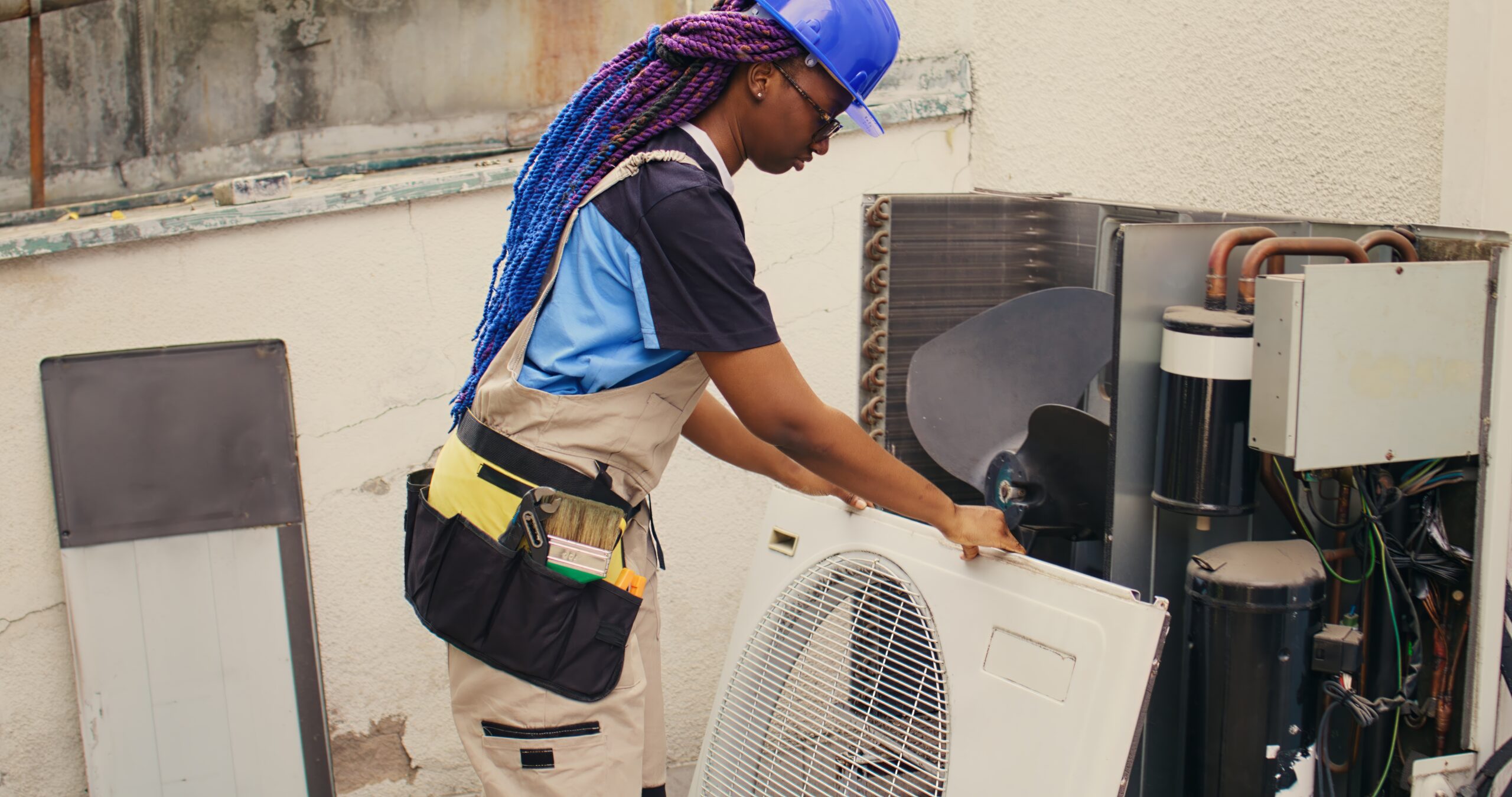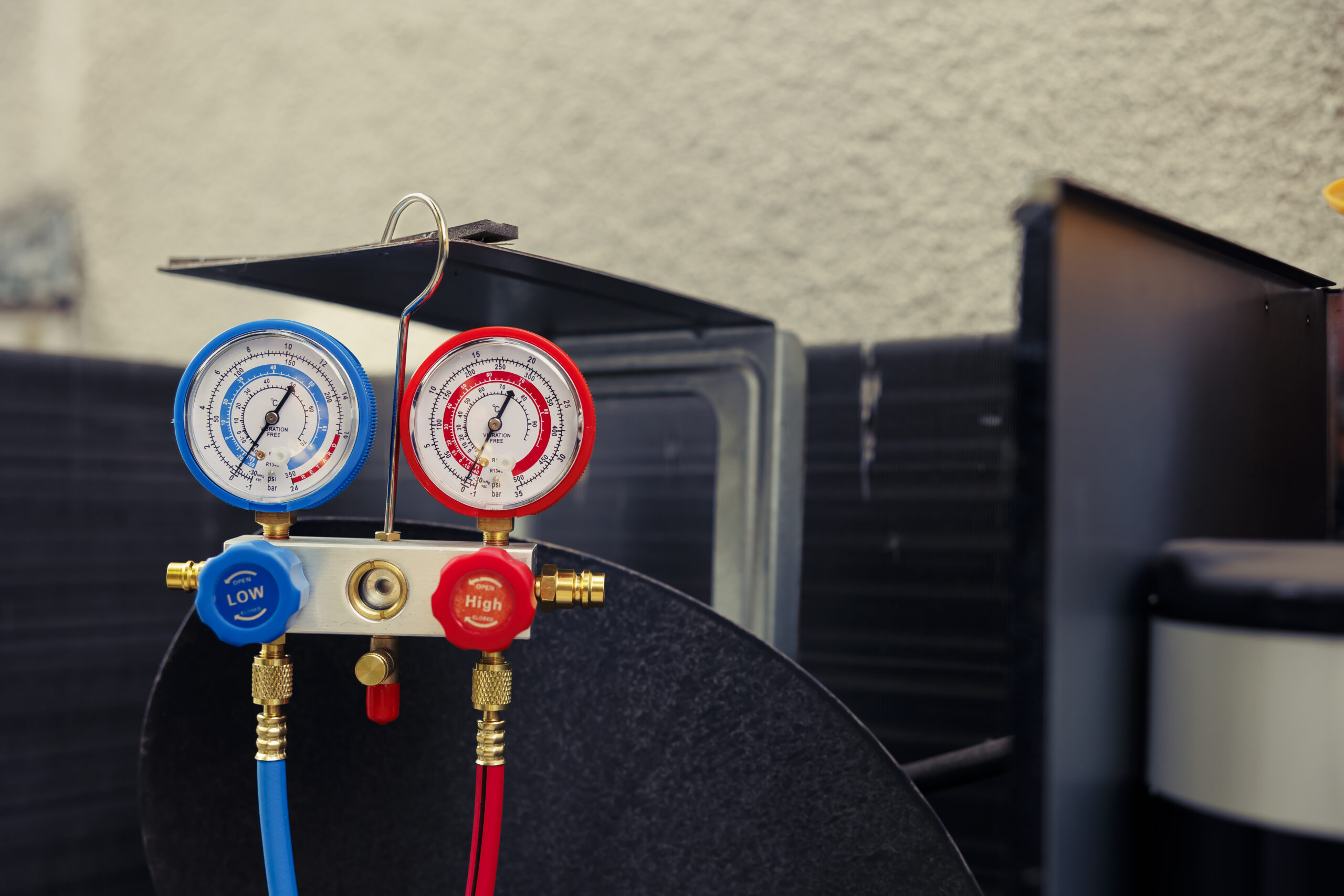Beat the California Drought Fast: Powerful HVAC Tips to Save Water and Stay Cool
The ongoing drought in California necessitates the prioritization of water conservation. Although most Californians focus on outdoor water use, few explore how simple HVAC upgrades for California drought relief can save gallons indoors, many neglect an unforeseen opportunity for water conservation: their HVAC system.
Older evaporative coolers waste massive water, while modern HVAC changes to save water in California can drastically improve efficiency. Standard central air conditioning equipment contributes to water waste via condensation. Fortunately, smart HVAC tips for California droughts now offer energy-efficient cooling and water conservation together.

How Your HVAC System Can Help Conserve Water
1. Upgrade to a High-Efficiency Air Conditioner
Older AC units are less efficient and often waste water through excessive condensation. Newer models with high SEER (Seasonal Energy Efficiency Ratio) ratings use advanced technology to cool effectively with minimal water loss.
2. Try Water-Free HVAC Solutions
Consider ductless mini-splits—top HVAC hacks California homeowners use to reduce water use and stay cool without relying on water evaporation. These systems are ideal for dry climates and drastically cut water consumption.
3. Use a Smart Thermostat
Smart thermostats optimize cooling cycles, reducing the runtime of your HVAC system. This not only saves energy but also decreases water waste from condensation.
4. Install a Condensate Recovery System
Many AC units produce condensate (water droplets) during operation. Instead of letting it drain away, you can collect and repurpose it for irrigation or other non-potable uses.
5. Maintain Your HVAC System Regularly
Regular HVAC maintenance, paired with water-wise fixes for California homes, ensures optimal efficiency and water savings. Change filters, clean coils, and schedule annual inspections to ensure peak performance.
Final Thoughts
With smart HVAC upgrades for California drought survival, you can slash water waste and stay cool effortlessly. while supporting California’s water conservation efforts. Upgrading to efficient systems, reusing condensate, and optimizing performance are simple yet impactful steps toward sustainability.
FAQs About HVAC Systems and Water Conservation
Does an air conditioner use water?
Most standard AC units don’t consume water directly, but they produce condensate as a byproduct of cooling. Evaporative coolers, however, rely on water evaporation and can use up to 3-15 gallons per hour.
How can I reuse AC condensate water?
Condensate water is clean and can be collected in a barrel or directed to irrigate plants (avoid using it on edible plants unless treated).
Are heat pumps among the best HVAC solutions in California to save water?
Yes! Heat pumps provide both heating and cooling without water-dependent processes, making them an excellent drought-friendly option.
Will a smart thermostat help save water?
Indirectly, yes. By optimizing cooling cycles, smart thermostats reduce overall HVAC runtime, leading to less condensate production and lower energy use.
What’s the most water-efficient cooling system for dry climates?
Ductless mini-splits and high-efficiency heat pumps are the best choices, as they don’t rely on water evaporation like swamp coolers.
How often should I service my HVAC system to ensure water efficiency?
At least once a year. Regular maintenance prevents leaks, improves efficiency, and ensures your system isn’t wasting water unnecessarily.


